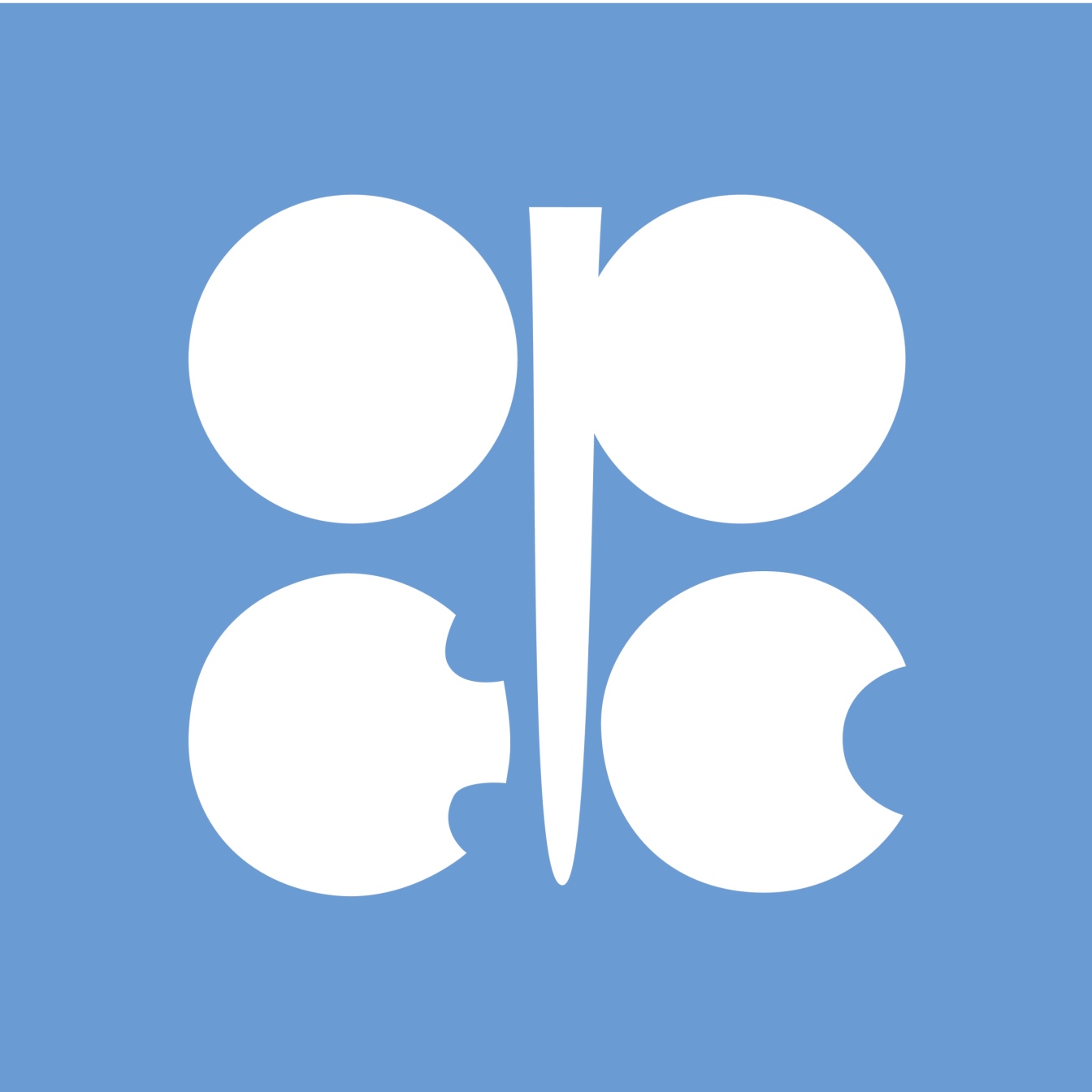
In its Monthly Oil Market Report for April, released Wednesday morning, the Organization of the Petroleum Exporting Countries (OPEC) noted that the cartel’s price for its reference basket rose by more than 20%, a second consecutive month of rising prices.
Global demand growth for 2016 slipped by 50,000 barrels from last month’s report to around 1.2 million barrels per day, or a daily average of 94.18 million barrels. In 2015 demand growth averaged 1.54 million barrels a day for a daily average of 92.98 million barrels, according to OPEC.
The cartel revised its estimate of non-OPEC supply growth for 2015 up by 40,000 barrels a day to 1.46 million barrels, or a daily average of 57.13 million barrels. For 2016 OPEC forecasts non-OPEC supply will drop by 730,000 barrels a day and average 56.39 million barrels a day for the year. That total represents an additional 30,000 barrels a day contraction in non-OPEC supply. The cartel said OPEC production in March, as reported by secondary sources, rose by 15,000 barrels a day to a daily average of 32.25 million barrels.
Estimated demand for OPEC crude in 2015 remained unchanged at 29.7 million barrels. The cartel also reiterated its estimate of 2016 demand for OPEC crude at 31.5 million barrels a day, up 1.8 million barrels a day compared with last year.
All the enthusiasm for a production freeze being agreed to at the April 17 meeting in Doha continues to have little basis in reality. The cartel sees global demand rising by 1.2 million barrels a day in 2016 and global supply rising by 1.07 million barrels a day. An average decline of just 130,000 barrels a day won’t put a major dent in the world’s current inventories by the end of this year.
In comments related to global supply OPEC noted:
Deferring of major new projects due to reduced cash flow in 2016 following the fall in global oil prices has been the main reason for a contraction in the current year. Global upstream investments, particularly in high-cost regions, remain suspended until a sustained price recovery can be maintained. However, non-OPEC oil supply in 2016 is subject to many uncertainties from economical and technical, to geopolitical. Factors that have led to a less-than-expected decline in non-OPEC production include reductions in production costs, mainly in the US, hedging, and some companies, which have continued to produce and incur losses rather than stop production.
The cartel appears to be admitting that the impact of its November 2014 decision to maintain market share regardless of price took longer to have an impact than OPEC had counted on. That does not indicate that the cartel sees any reason to change its policy, however.
After trading higher for nearly two solid weeks, benchmark West Texas Intermediate (WTI) for May delivery traded down about 1.4% Wednesday morning at $41.57. Brent for June delivery traded down more than 1% at $44.20.
Want to Retire Early? Start Here (Sponsor)
Want retirement to come a few years earlier than you’d planned? Or are you ready to retire now, but want an extra set of eyes on your finances?
Now you can speak with up to 3 financial experts in your area for FREE. By simply clicking here you can begin to match with financial professionals who can help you build your plan to retire early. And the best part? The first conversation with them is free.
Click here to match with up to 3 financial pros who would be excited to help you make financial decisions.
Thank you for reading! Have some feedback for us?
Contact the 24/7 Wall St. editorial team.



